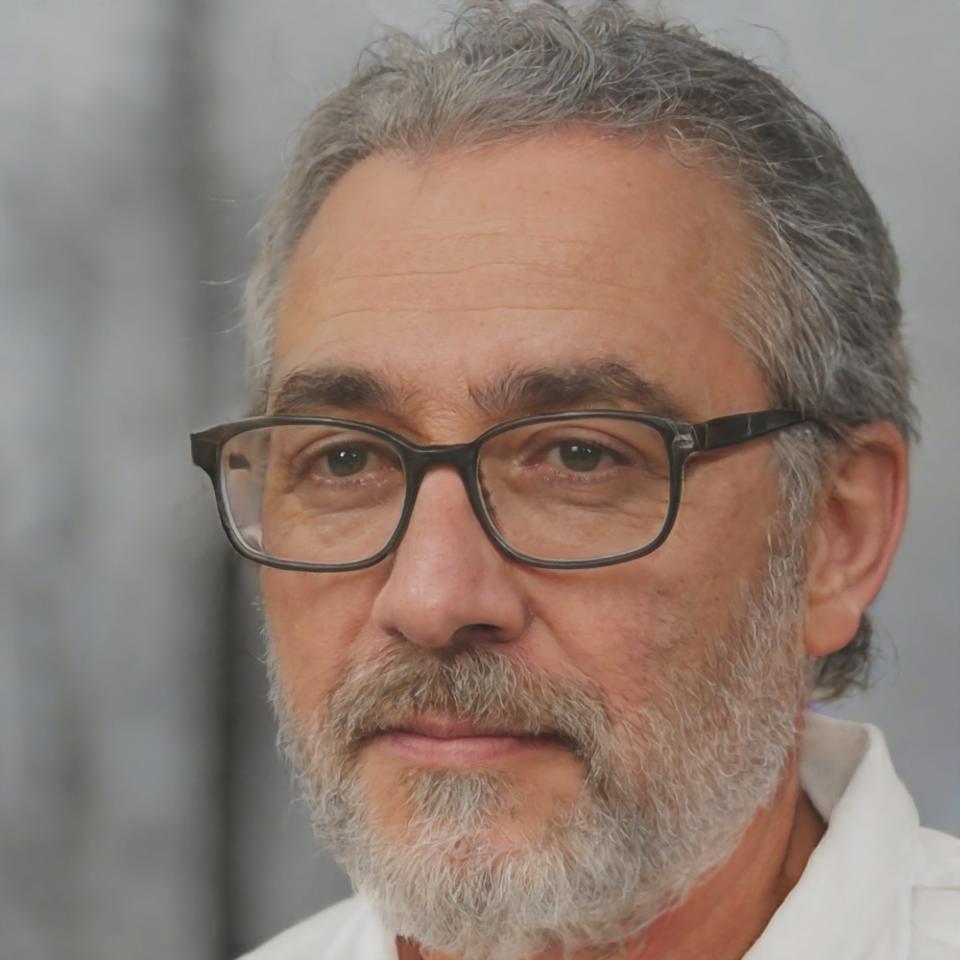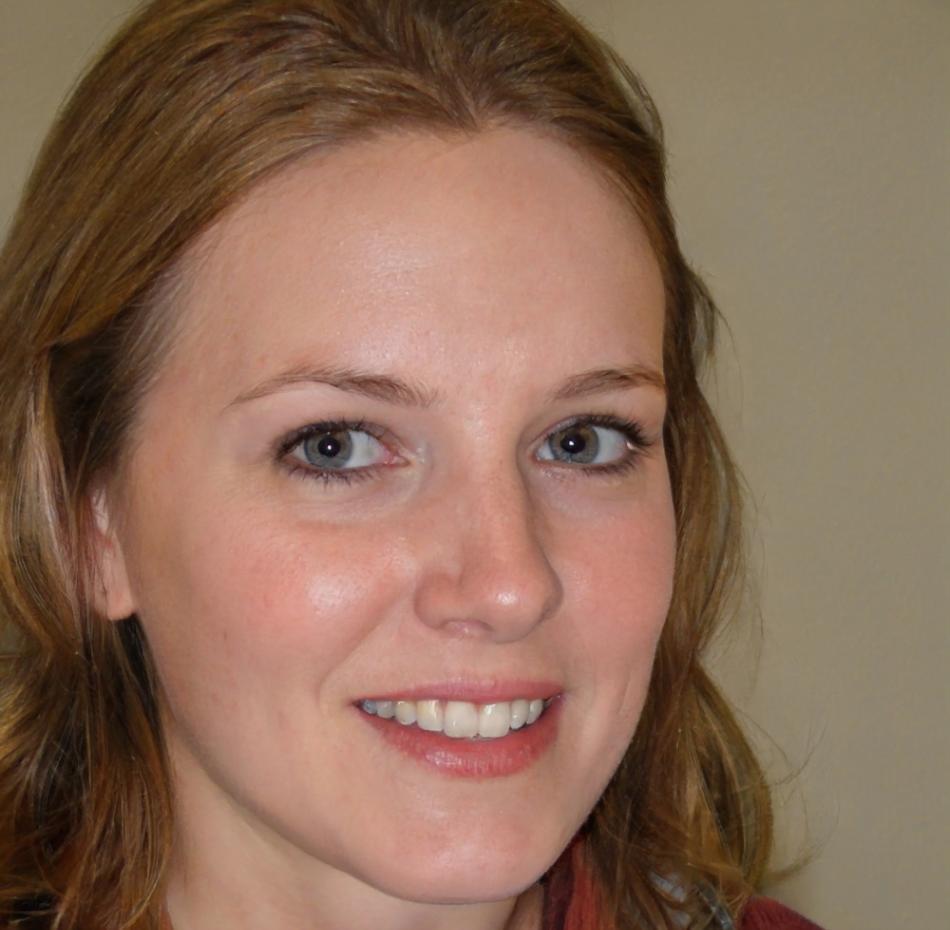Working Capital Analysis Program
Twelve months of structured learning that'll change how you think about cash flow. We start in September 2025 with a small group — because real understanding doesn't come from watching someone else do it.
View Course ScheduleWhat You'll Actually Learn
This isn't theory piled on theory. Each module builds on work you've already done — by the end, you'll have analyzed real financial statements and spotted patterns most people miss.
Foundation Quarter
We spend three months on the basics because they matter. Cash conversion cycles, inventory turnover, receivables aging. Sounds dry, but these tell stories about how businesses actually run.
Pattern Recognition
Month four through six, you'll work with anonymized data from Korean manufacturing firms. Some thrived, some struggled. Your job is figuring out why before we tell you.
Sector Deep Dives
Different industries move differently. Retail has its quirks, tech startups burn cash in specific ways, construction ties up capital for months. We cover what makes each one tick.
Capstone Project
Final three months, you pick a public company and tear apart their working capital management. Write it up, present it, defend your conclusions. It's tougher than it sounds.
Program Timeline
Program Kickoff
Applications close August 20th. We take twenty people max. First session happens the second week of September at our Bundang office.
Mid-Program Review
After foundation work wraps, we pause for assessment. Some folks need extra support, others are ready to run ahead. We adjust accordingly.
Sector Focus Period
Spring brings industry-specific modules. Guest analysts join us to discuss what they see in real practice. These sessions tend to get lively.
Final Presentations
You'll present your capstone analysis. We invite local finance professionals — it's part networking event, part academic defense. Nerve-wracking but valuable.

Who Teaches This
Dawnley Mercurius spent fifteen years analyzing Asian markets before deciding she'd rather teach than report. She ran working capital assessments for mid-sized manufacturers across Gyeonggi-do, which means she's seen what works and what absolutely doesn't.
Her teaching style is direct. If you're looking for gentle encouragement regardless of effort, this probably isn't your program. But if you want someone who'll tell you when your analysis misses the mark and why — that's exactly what you'll get.
"I don't promise you'll love finance after this. But you might start seeing patterns in balance sheets that most people walk right past. That's worth something."
What Past Participants Say

Honestly thought I'd struggle with the pace. Turned out the structure made sense — each piece built on what came before. The capstone project took longer than expected, but that forced me to really dig into the numbers.

What surprised me most was the group work. We came from different backgrounds — retail, manufacturing, services — which meant we all saw different angles. That variety made the case studies way more interesting than solo study would've been.